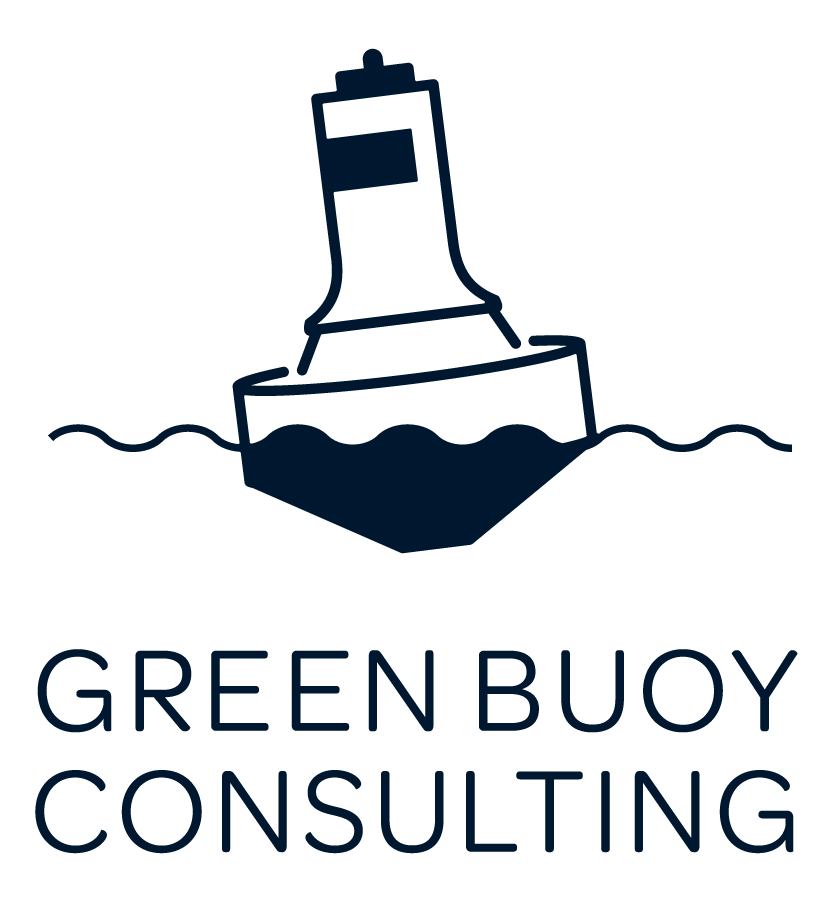5 Proven Strategies to Reduce Scope 3 Emissions in Your Business
When B2B companies tackle Scope 3 emissions within their supply chain, focusing on clear strategies for engagement, support, and accountability can help achieve meaningful progress toward sustainability. Scope 3 emissions—those indirect emissions from sources outside an organization’s direct control, like suppliers, product use, and logistics—often comprise the bulk of a company’s carbon footprint. Here are five effective strategies for B2B organizations to address these emissions in their supply chains:
Set Clear Objectives and Requests
The first step in addressing Scope 3 emissions is clarifying your goals when engaging suppliers. Whether you are aiming for emissions data collection, encouraging Science-Based Targets initiative (SBTi) alignment, or setting a specific reduction target, a well-defined objective will streamline the process. Defining the desired outcomes can also help suppliers understand the purpose of their involvement and align their efforts with the company’s sustainability goals. For instance, if your primary goal is to reduce emissions, you might request specific emissions data from suppliers or encourage them to set science-based targets.
Related: Webinar Recap: 2025: A Changing ESG Landscape
Encourage Dialogue and Offer Support
B2B companies are uniquely positioned to support suppliers on their sustainability journey by proactively engaging with them on their challenges and goals. Adding a simple question like, “Do you need help with sustainability?” to all outreach communications can open the door to collaboration. This approach positions your company as a partner rather than a regulator, which can ease potential tension and foster more genuine engagement. Offering training sessions, resources, or guidance on emissions tracking can help suppliers meet sustainability demands more easily, benefiting both parties in the long run.
Related: What B2B Companies Need to Understand about ESG Regulation
Form Industry-Specific Supplier Groups
Creating groups that connect suppliers within the same industry enables them to share best practices and solutions tailored to their unique challenges. This networked approach allows suppliers to learn from one another and can foster an environment of continuous improvement. Additionally, industry-specific groups can encourage standardization, leading to more streamlined reporting processes and a reduction in emissions. Such collaboration can be facilitated through regular meetings or dedicated online platforms, like Sustainable Purchasing Leadership Council (SPLC), where suppliers can exchange information on innovative practices, like adopting cleaner technology or improving logistics efficiency.
Introduce Procurement Incentives
Incentivizing suppliers based on their climate performance encourages sustainable practices while simultaneously strengthening the supplier-company relationship. Consider structuring incentives based on climate scorecards, which evaluate suppliers’ sustainability efforts and impact. Procurement teams could offer better contract terms, competitive pricing, or exclusive business opportunities to suppliers with higher sustainability scores. This motivates suppliers to enhance their practices while also aligning procurement processes with the company's broader sustainability targets.
Related: Crafting a Comprehensive Corporate Sustainability Policy: A Step-by-Step Guide
Foster Internal Collaboration
Addressing Scope 3 emissions often requires a unified approach involving multiple departments. Companies can make more impactful progress by aligning procurement, leadership, and sustainability teams on supplier engagement. Procurement professionals, who manage supplier relationships, can benefit from guidance on sustainability criteria from environmental teams. Leadership support can ensure that sustainability is prioritized across the organization and reinforce accountability. Regular cross-departmental meetings can help maintain momentum, track progress, and align strategies for maximum impact.
Incorporating these strategies into your B2B sustainability approach can lead to more effective Scope 3 emissions reduction and strengthen supplier relationships. With a structured, collaborative approach, B2B companies can not only reduce their carbon footprint but also drive industry-wide change.
Don’t miss our other posts





